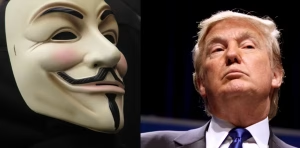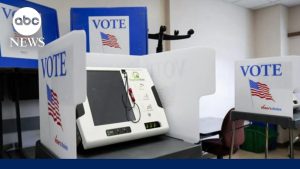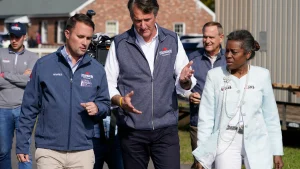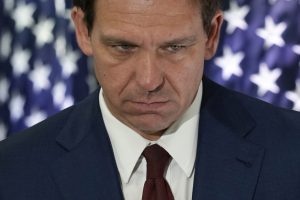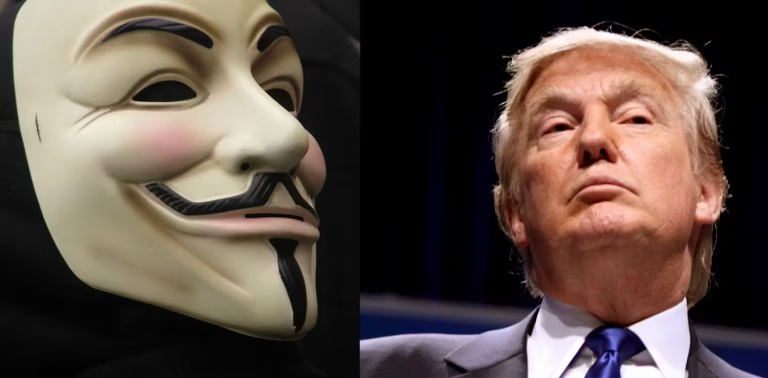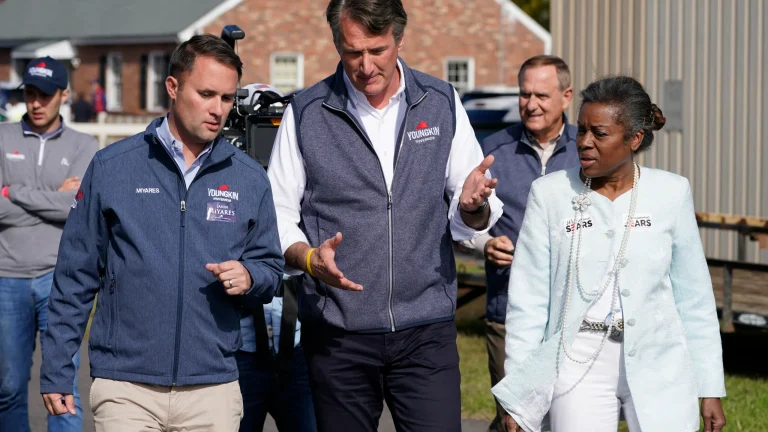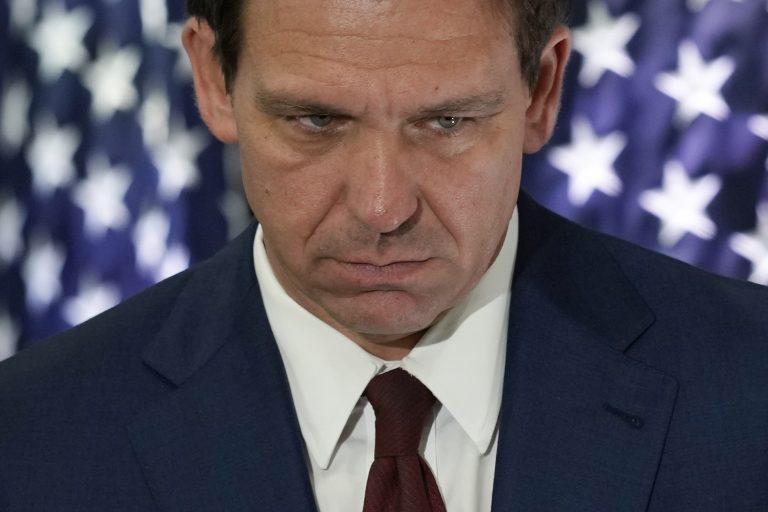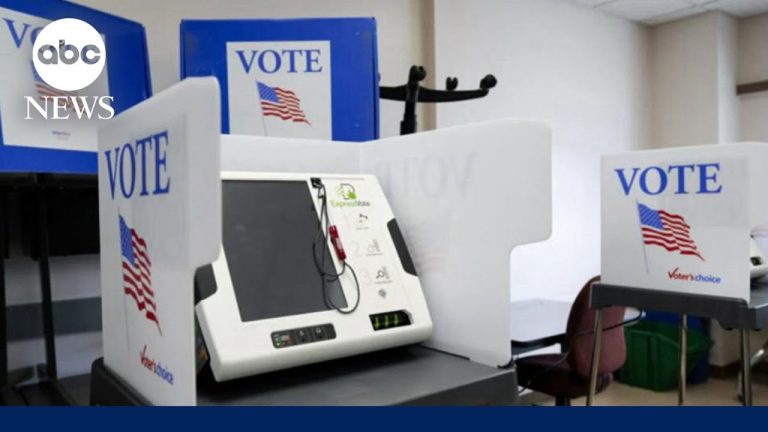How Chief Justice John Roberts orchestrated the Citizens United decision
-by Jeffrey Toobin
May 21, 2012- When Citizens United v. Federal Election Commission was first argued before the Supreme Court, on March 24, 2009, it seemed like a case of modest importance. The issue before the Justices was a narrow one. The McCain-Feingold campaign-finance law prohibited corporations from running television commercials for or against Presidential candidates for thirty days before primaries. During that period, Citizens United, a nonprofit corporation, had wanted to run a documentary, as a cable video on demand, called “Hillary: The Movie,” which was critical of Hillary Clinton. The F.E.C. had prohibited the broadcast under McCain-Feingold, and Citizens United had challenged the decision. There did not seem to be a lot riding on the outcome. After all, how many nonprofits wanted to run documentaries about Presidential candidates, using relatively obscure technologies, just before elections?
Chief Justice John G. Roberts, Jr., summoned Theodore B. Olson, the lawyer for Citizens United, to the podium. Roberts’s voice bears a flat-vowelled trace of his origins, in Indiana. Unlike his predecessor, William Rehnquist, Roberts rarely shows irritation or frustration on the bench. A well-mannered Midwesterner, he invariably lets one of his colleagues ask the first questions.
That day, it was David Souter, who was just a few weeks away from announcing his departure from the Court. In keeping with his distaste for Washington, Souter seemed almost to cultivate his New Hampshire accent during his two decades on the Court. In response to Souter’s questions, Olson made a key point about how he thought the case should be resolved. In his view, the prohibitions in McCain-Feingold applied only to television commercials, not to ninety-minute documentaries. “This sort of communication was not something that Congress intended to prohibit,” Olson said. This view made the case even more straightforward. Olson’s argument indicated that there was no need for the Court to declare any part of the law unconstitutional, or even to address the First Amendment implications of the case. Olson simply sought a judgment that McCain-Feingold did not apply to documentaries shown through video on demand.
The Justices settled into their usual positions. The diminutive Ruth Bader Ginsburg was barely visible above the bench. Stephen Breyer was twitchy, his expressions changing based on whether or not he agreed with the lawyer’s answers. As ever, Clarence Thomas was silent. (He was in year three of his now six-year streak of not asking questions.)
Then Antonin Scalia spoke up. More than anyone, Scalia was responsible for transforming the dynamics of oral arguments at the Supreme Court. When Scalia became a Justice, in 1986, the Court sessions were often somnolent affairs, but his rapid-fire questioning spurred his colleagues to try to keep pace, and, as Roberts said, in a tribute to Scalia on his twenty-fifth anniversary as a Justice, “the place hasn’t been the same since.” Alternately witty and fierce, Scalia invariably made clear where he stood.

